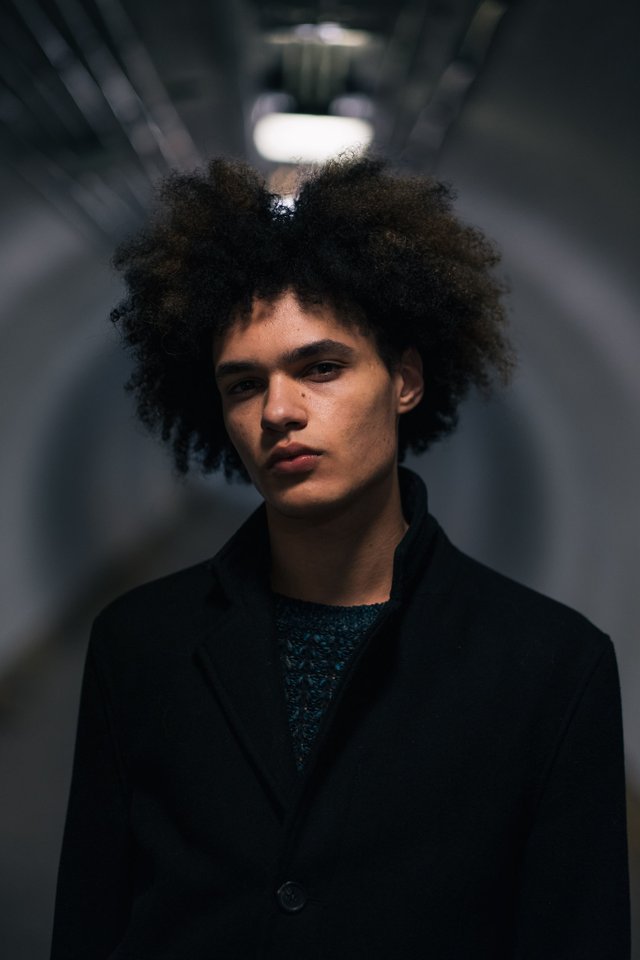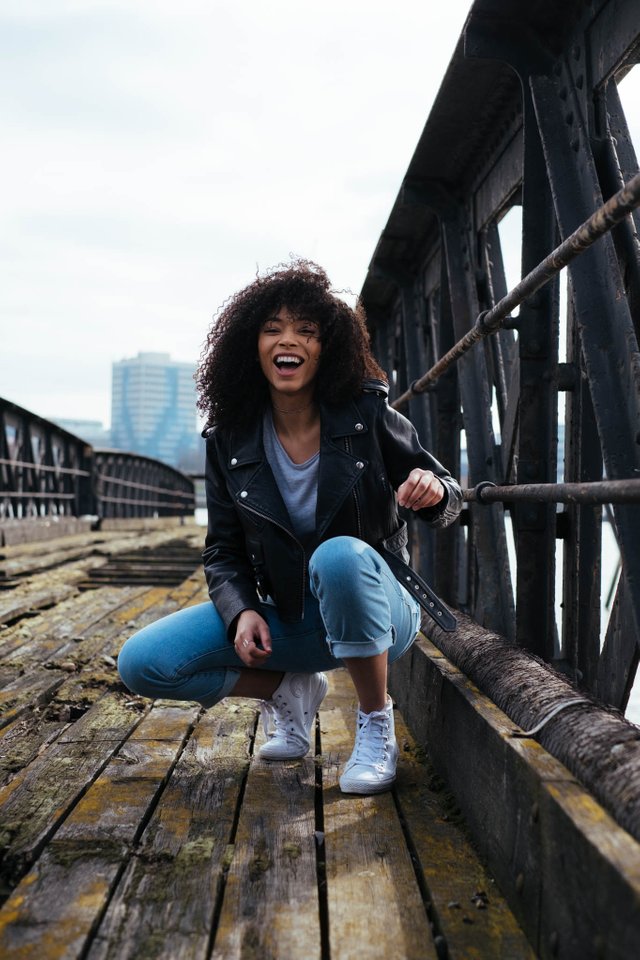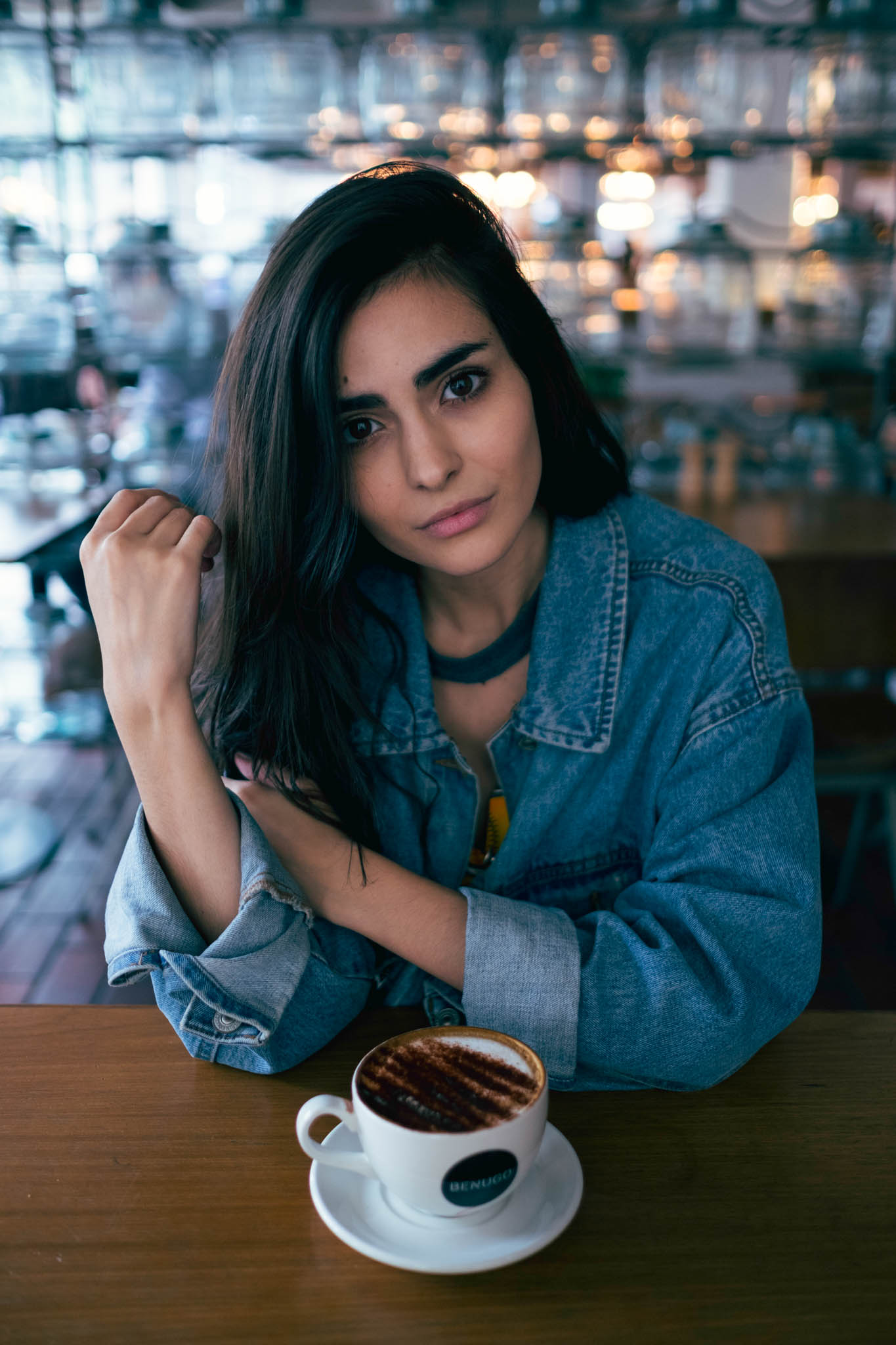Kid Circus London based photographer and DJ specialized in fashion and portrait photography. If you visit his website or Instagram you can also see some street or architecture photography. Please read this short interview and visit Kid's website and Instagram.

Q .Can you tell few words about yourself? Where you from and how you start your photography journey?
I’m from London, England. I started my photography like many people- simply enjoying capturing stuff on a phone. My background is in fact DJing and music production, and I sold a long-treasured synthesizer to purchase my first camera. That’s when I knew I was getting serious about photography. I began in architecture and street photography and incorporated landscapes into the mix later on. However, a year ago I got heavily into portrait photography and I haven’t looked back.

Q. What kind of gear do you use?
Camera body – Fuji XT-2
Lens – 23mm 1.4 (35mm FF equivalent), 35mm 1.4 (50mm FF equivalent) and 56mm. 1.2 (85mm FF equivalent)
Tripod –Manfrotto Befree
Filters –None
Flash –Nissin i40
Camera bag –Lowepro Fastpack AW II
Mention others, if any.
Q. Which is your favourite lens? Why?
The 35mm equivalent full frame focal length of the 23mm is probably my favourite. It’s so versatile, for portraits, street photography and to a certain extent, landscapes too.

Q. When you go in one of your travels, what all you take with you? Why?
I try and be as minimal as possible, in terms of carrying weight. I’ll usually only take two lenses with me for the camera, tripod, my macbook and the really important thing – enough memory cards. You really don’t want to find yourself unable to get that killer shot just because your last card ran out of space.
Q. In the field, what are your settings?
Aperture – it varies. I like to shoot between 1.4 and 2.8 for portraits. If it’s for a brand, say lookbook stuff I’ll close down to F4.
Shutter Speed – depending on the light, I’ll go from 1/160 to as fast as 1/8000 if the light is very bright
ISO – the ISO on the XT-2 is great. Most of my portrait work is in daylight, so ISO is usually between 200-800. When the light really starts dropping I’m pretty comfortable setting an auto ISO up to 6400.
White Balance – I’m lazy, it’s always on auto
Focus – Manual/Auto – usually autofocus, quite often in continuous autofocus too. There are times though when I switch to manual, say if I’m doing a portrait of someone who is backlit by sun and the camera’s struggling to find an area of contrast.
Image Format – RAW/JPEG – The XT-2 has dual card slots, so I shoot raw on one and jpeg on the other

Q. What kind of tools do you use for post-processing? Explain your workflow.
I’m primarily a Lightroom user, though since doing portrait work I’ve added Photoshop for extra colour grading and retouching. It still amazes me how powerful the latter is.
Q. How do you educate yourself to take better pictures?
I still watch a ton of youtube videos and read a lot of blog posts, there are so many great accounts and websites out there. Also, just being inspired by other people’s great work drives you to want to get better at what you do.
Q. Among your works, which one is your favourite? Why?
It’s so hard to pick a favourite, especially as my style of photography and what I shoot has evolved and changed over the years since I first picked up a camera.

Q. Whose work has influenced you most and what inspire you?
I still get inspired by movies, If I’m honest. They’re so great for getting inspiration in terms of subject, colour grading, composition etc. There are some great photographers on Instagram whose work I absolutely love. The list is too long to go into here, but they include people like Jesse Herzog (@jesseherzog), Kat Irlin (@kat_in_nyc), Chuck Lang (@chuck), Allegra Messina (@messinaphotos), and Brian Alcazar (@1st), to name but a few.

Q. What is the one thing you wish you knew when you started taking photos?
Hmmm. For me, especially having progressed into portrait photography, I wish I’d started out on film first. There’s something to be said about the discipline required to be patient before clicking the shutter when you know you only have a limited number of exposures. I’m as guilty as anyone in the world of digital of capturing as many frames as I can for fear of missing out on a single moment.





